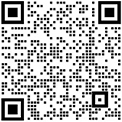When choosing a 100G optical module, the decision between using CFP (C Form-factor Pluggable) or QSFP28 (Quad Small Form-factor Pluggable) typically depends on your specific requirements and application scenarios. Let's delve into the 100G CFP and 100G QSFP28 optical modules.
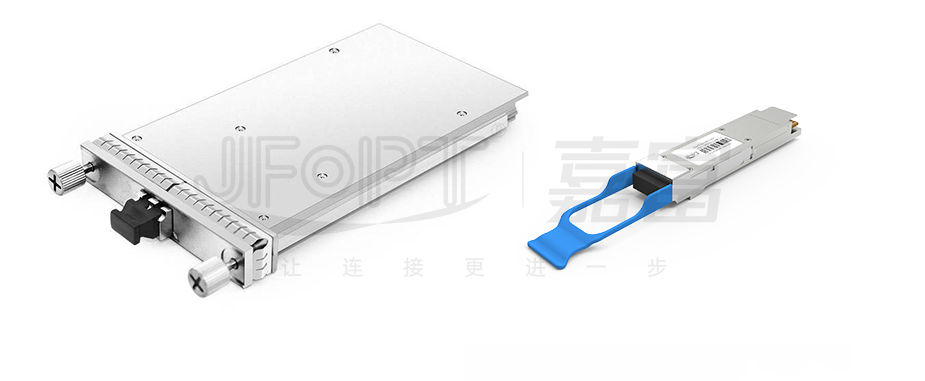

ONE:Understanding 100G CFP Optical Modules
CFP, short for C Form-factor Pluggable, is an optical module packaging defined by the MSA organization for high-speed digital signal transmission. Initially designed to support 100G Ethernet systems, the "C" represents the Latin numeral for 100. The 100G CFP optical module possesses the capability to transmit 10×10Gbit/s channels in both the transmit (TX) and receive (RX) directions. Additionally, aside from transmission through 10×10Gbit/s channels, the optical interface can achieve a transmission rate of 100G through 4×25Gbit/s channels.
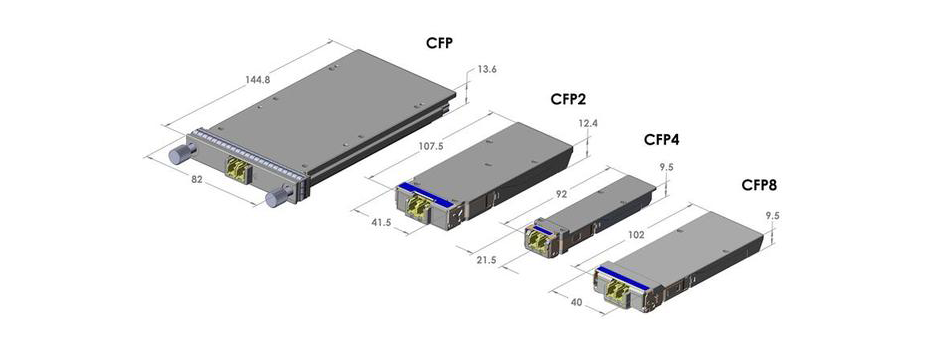
Widely utilized in metropolitan area networks and long-distance transmission scenarios (typically exceeding 10km), the 100G CFP optical module is applied in various networking environments. The diagram below illustrates a high-density cabling scheme for achieving long-distance transmission using CFP modules. This scheme utilizes MTP branch jumpers to connect a 16-channel dual-fiber DWDM multiplexer/demultiplexer and employs a WDM SFP+ OEO converter to convert conventional SR wavelengths to DWDM wavelengths. Through this combination, the goal of establishing a long-distance DWDM network using 100G CFP coherent optical modules is successfully achieved. This high-density cabling solution provides a reliable and efficient solution for long-distance communication, showcasing the outstanding performance of 100G CFP optical modules in long-distance transmission applications.
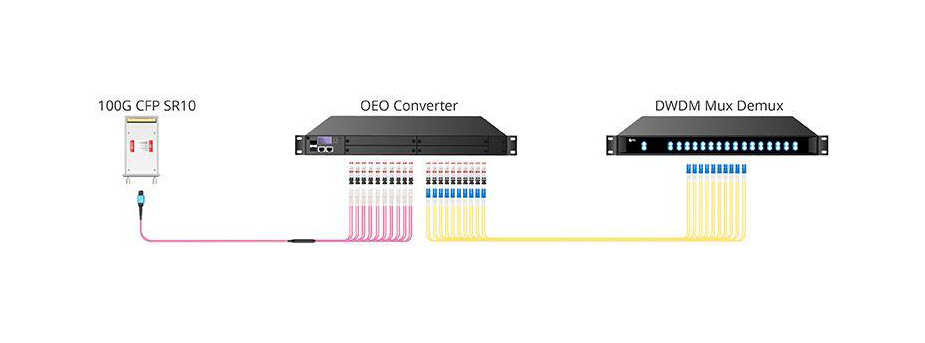

TWO:What is a 100G QSFP28 Optical Module Like?
The QSFP28 optical module is a hot-swappable module designed specifically for 100G data transmission, widely utilized in the telecommunications industry, enterprise networks, and data centers. This module integrates four transmit channels and four receive channels, where "Q" stands for quad (four channels), and "28" indicates a transmission rate of 28G per channel. Depending on the specific type of optical module used, QSFP28 modules can facilitate either a 100G to 4×25G breakout connection or a direct 100G connection.
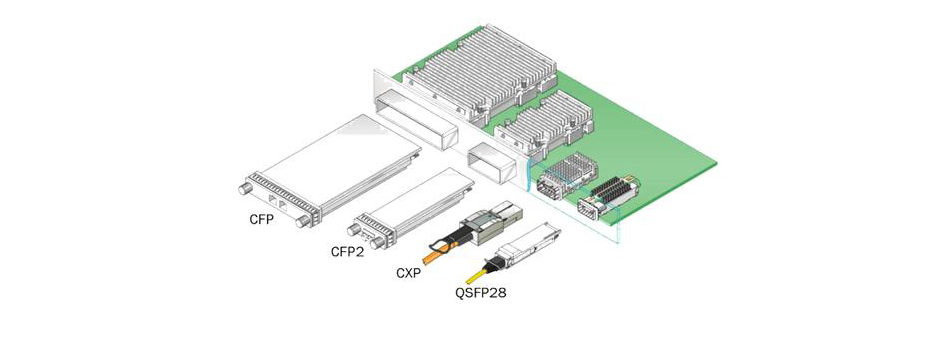

For instance, using a 100G QSFP28 to 4 SFP28 DAC breakout cable allows for a 4×25G transmission. Simultaneously, QSFP28 optical modules equipped with LC interfaces can be paired with single-mode fibers, enabling reliable 100G transmission. Additionally, the pairing of QSFP28 optical modules with MTP/MPO interfaces and MTP/MPO-12 fiber jumpers is a feasible option, facilitating efficient 100G transmission. The flexibility and versatility of QSFP28 optical modules make them an ideal choice to meet diverse network requirements, providing reliable and high-performance solutions for various application scenarios.
Depending on the achievable transmission distance, 100G QSFP28 optical modules find widespread use in the following scenarios.
Depending on the achievable transmission distance, 100G QSFP28 optical modules find widespread use in the following scenarios.
1. DAC Copper Cables within the Rack (Less than 5m)
QSFP28 DAC cables are an ideal solution for short-distance connections (less than 5m), providing a complete cabling solution while reducing system costs. If your 100G network is deployed within a rack with distances of less than 5m, you can opt for QSFP28 DAC cables instead of 100G optical modules.
2. QSFP28 AOC/SR4 (5-100m)
For 100G multimode fiber cabling between switches at distances ranging from 5-100m, you have two options: using QSFP28 AOC active optical cables, suitable for distances of 3-20m, or employing QSFP28 SR4 optical modules paired with MTP-12 OM3/OM4 jumpers, providing a maximum transmission distance of up to 100m.
3. QSFP28 PSM4/CWDM4/CLR4 Optical Modules (100m-2km)
For medium-distance transmissions ranging from 100m to 2km, QSFP28 PSM4/CWDM4/CLR4 is a solid choice. You can pair these modules with MTP-12 single-mode fibers for a transmission distance of 500m or use duplex LC single-mode fibers for distances up to 2km.
4. QSFP28 LR4/ER4/ZR4 Transceiver (Long Distance)
If deploying a 100G network over a long span, such as between two buildings (up to 10km), the combination of 100G QSFP28 LR4 optical modules and duplex LC single-mode fibers is a reliable choice. For even longer spans (40km-80km), it is recommended to choose from the 100G QSFP ER4 and ZR4 module options.
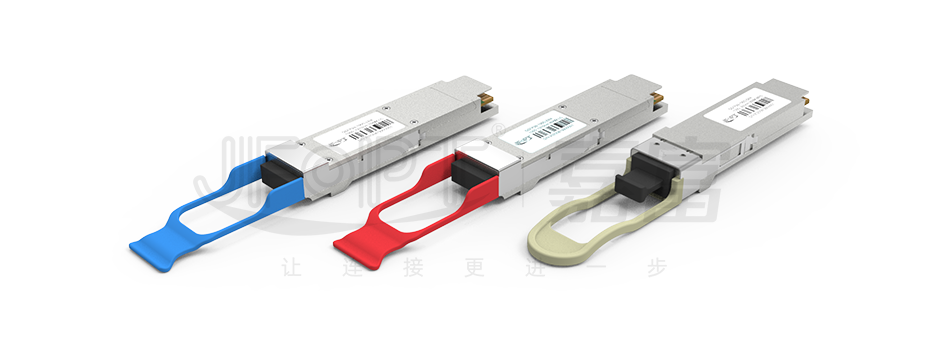

THREE:Choosing Between 100G CFP and QSFP28?
When deciding which module to choose in the process of building a network, two main factors need to be considered: the type of hardware equipment and the application environment. In terms of size, the volume of CFP optical modules is much larger than that of QSFP28. Regarding transmission distance, QSFP28 is commonly used for short-distance connections between switches (0-10km). However, it's worth noting that QSFP28 ER4/ZR4, paired with single-mode fibers, can be employed for long-distance transmissions reaching up to 40km/80km.
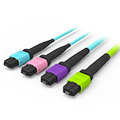
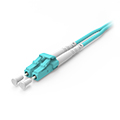
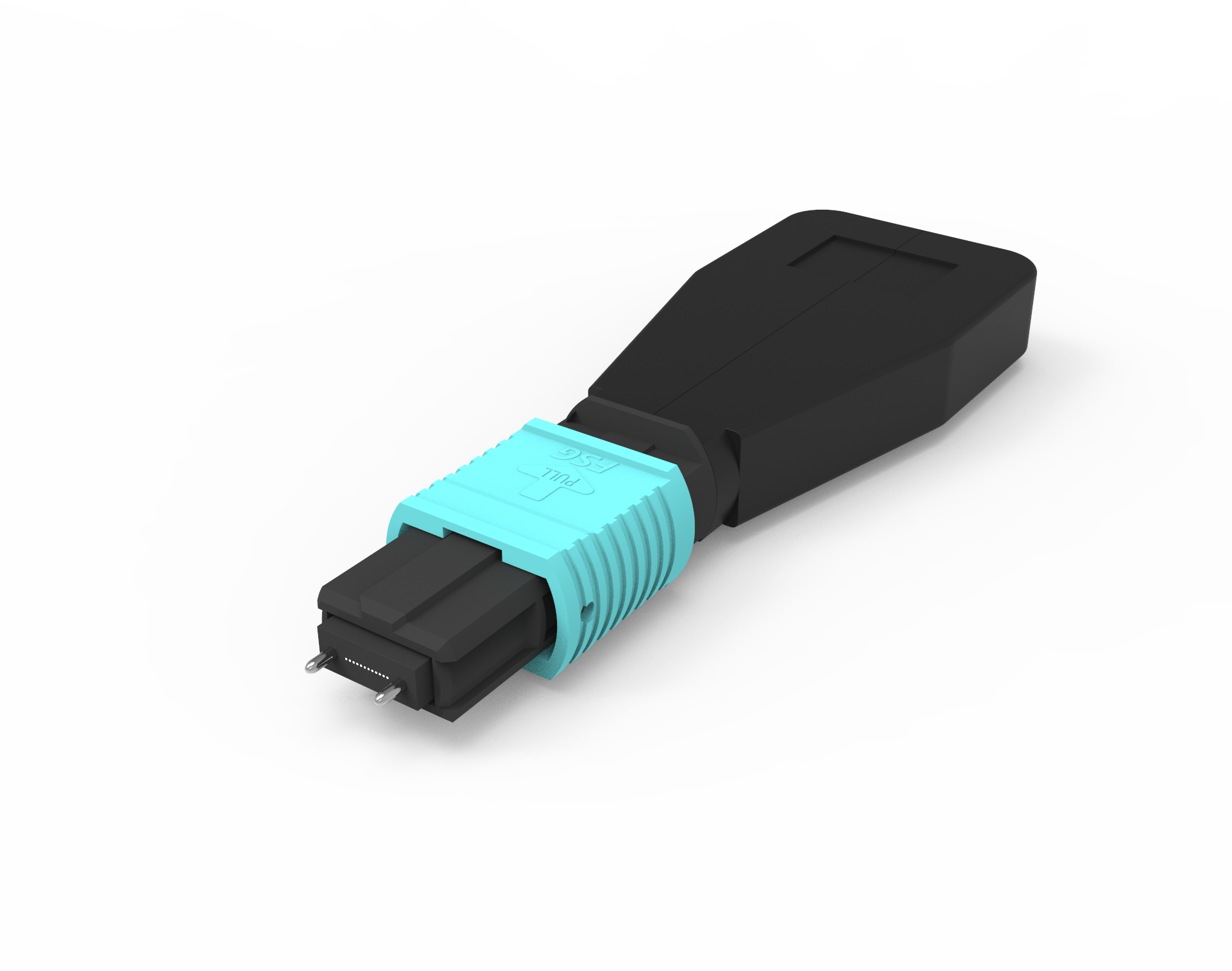
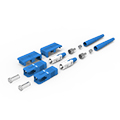
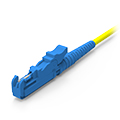
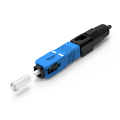
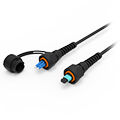
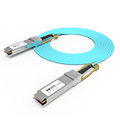
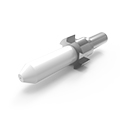
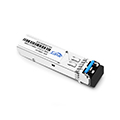
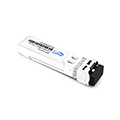
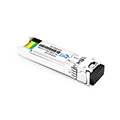
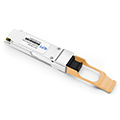
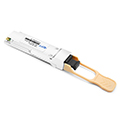

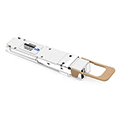
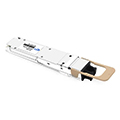
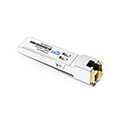
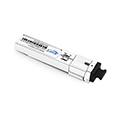
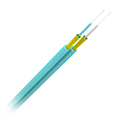
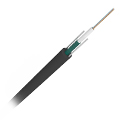
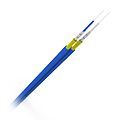
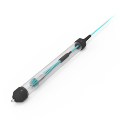
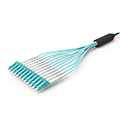
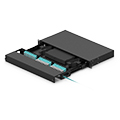
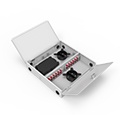
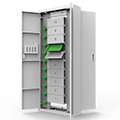
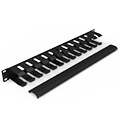
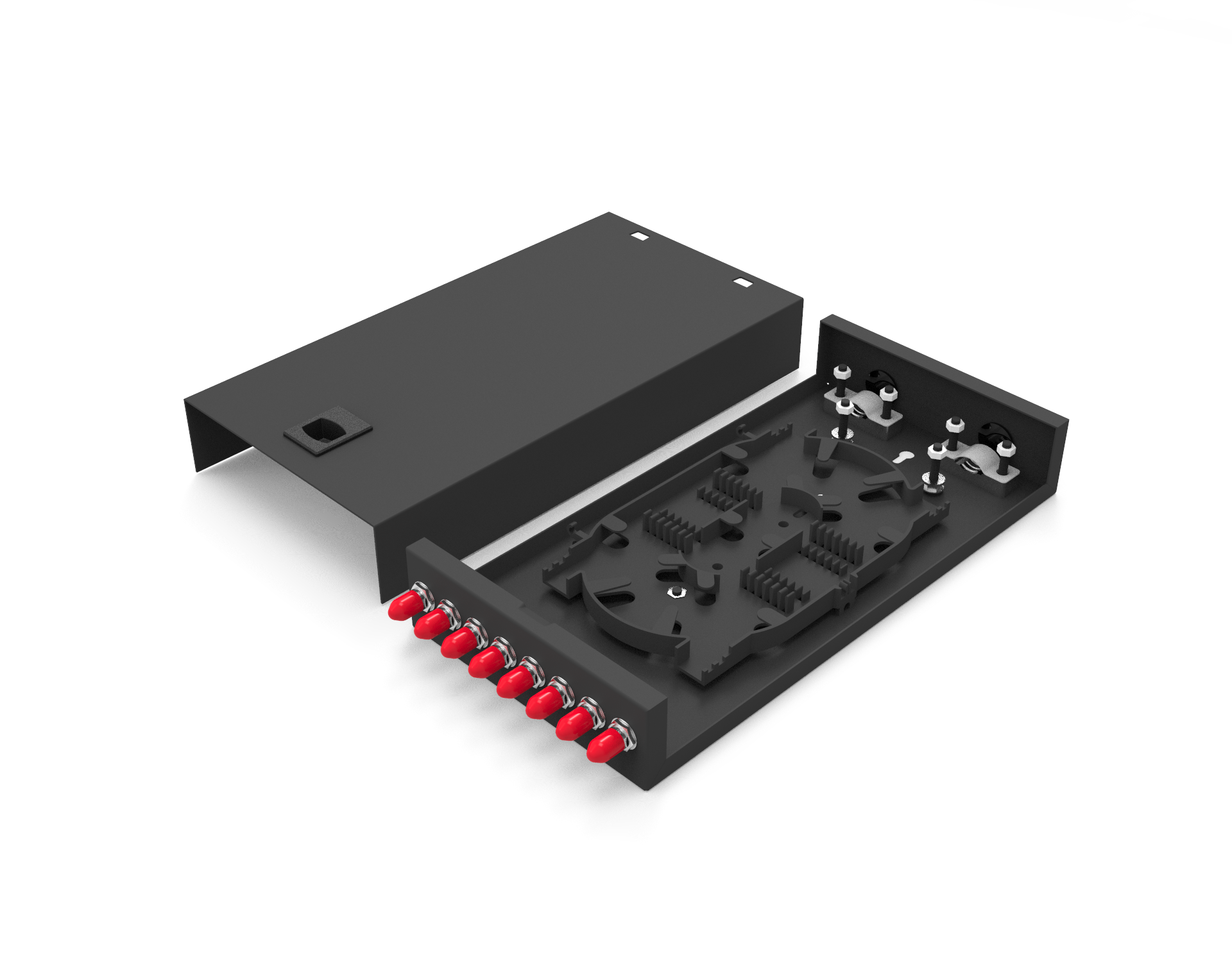
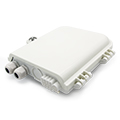
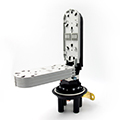
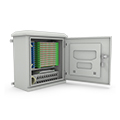
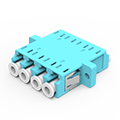
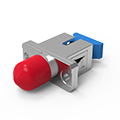
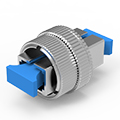
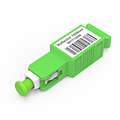
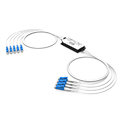
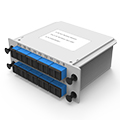
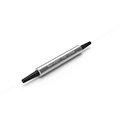
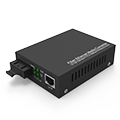
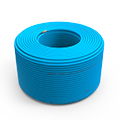
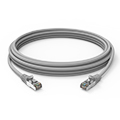
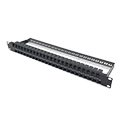
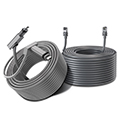
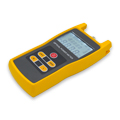
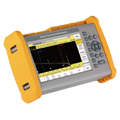
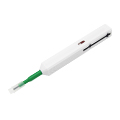
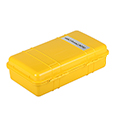
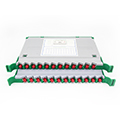
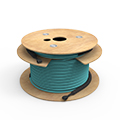




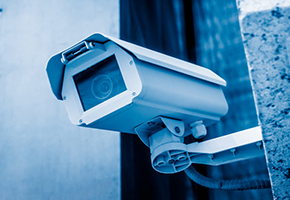
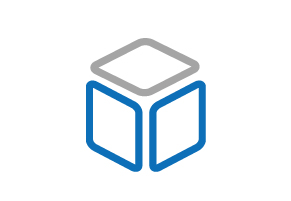
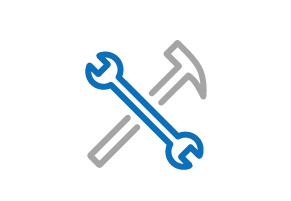

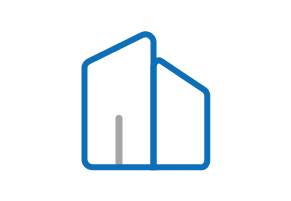
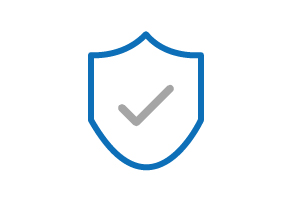








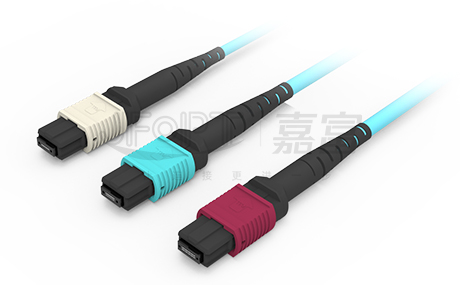
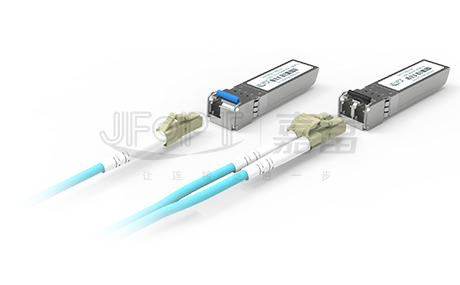
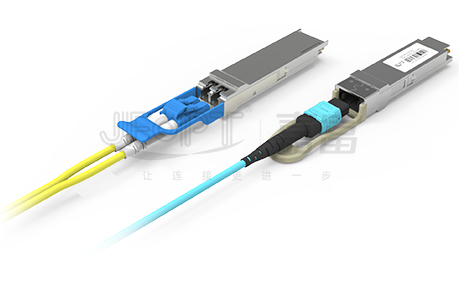
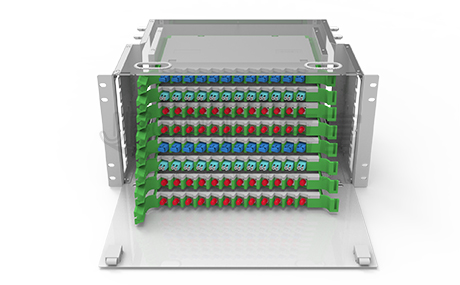
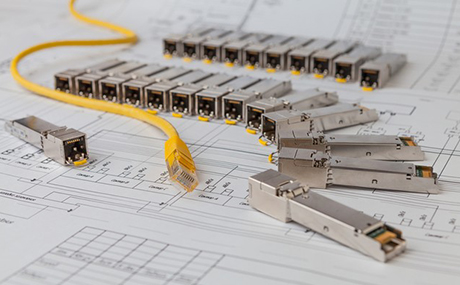
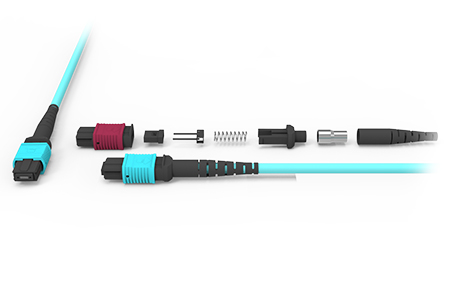
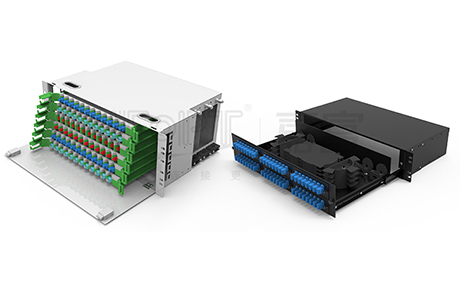
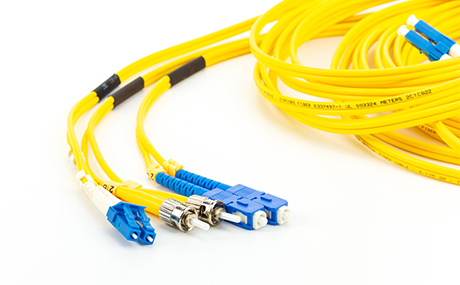
 Ann
Ann